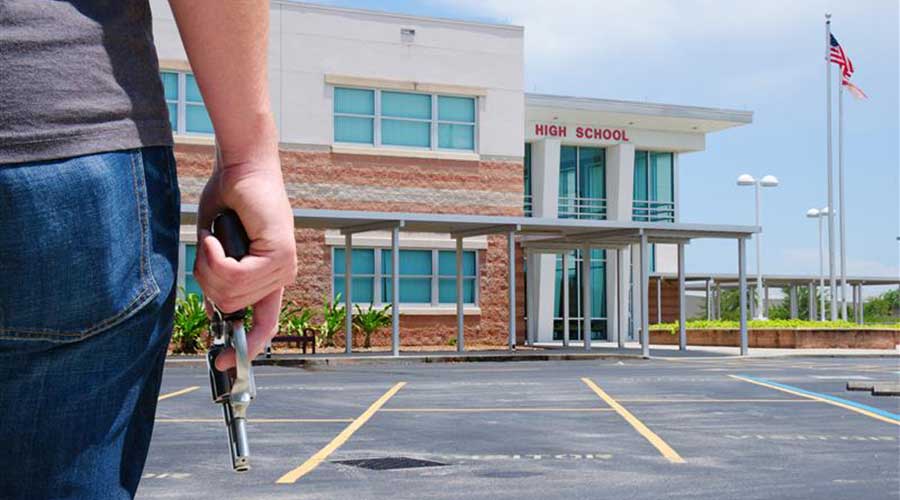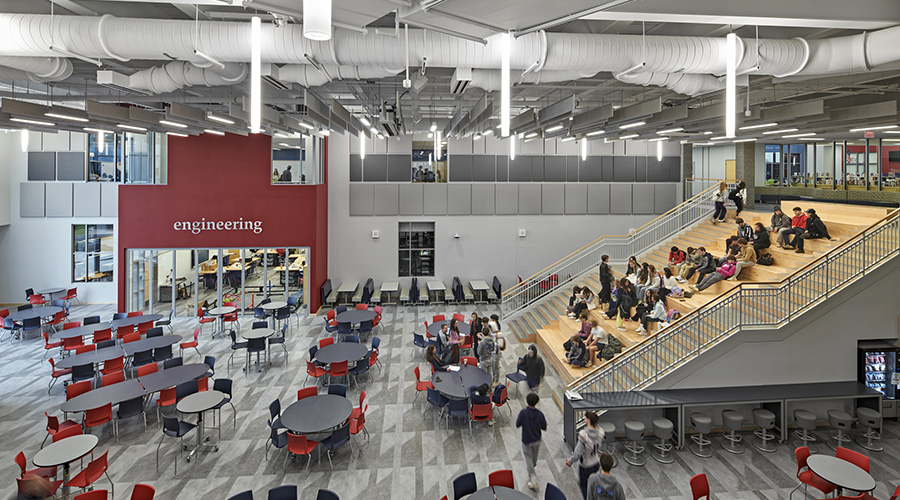Douglas County School District Sees Big Gains From Involving Students In Energy Efficiency
Lee Smit, sustainability manager for the Douglas County School District, recalls the first program that he helped to start at Mountain Vista High School in Highlands Ranch, Colo., in 2006. At the time, the global science teacher and school principal were looking for a new way to engage a small group of students and they decided to focus on energy efficiency. They developed a program and taught the students about energy management and then empowered them to develop a program at the school to reduce as much energy use as possible.
Previously, the 11 students in the class had not shown strong engagement, but the idea of efficiency and saving money clicked. Within six months the students had developed a Green Room Certification program complete with a checklist including energy saving criteria for everything from plug loads to lighting levels, occupant behavior and recycling. In addition the students did some down-home energy auditing and realized that much of the building had higher lighting levels than recommended by lighting standards for new buildings. Accordingly, they took on a de-lamping effort to remove unnecessary lighting in the building.
The program was a boon for the students' education and for the school's budget. Over six months, the two efforts combined had the impact of reducing energy costs by $24,000, which was a 21 percent drop from the same period during the previous year. That's not bad for a school of 1,800 students in a 214,000-square-foot building. Not only was the program successful at saving energy, but it also challenged the students in ways they hadn't been challenged before. All 11 of the students graduated and nine of them went on to pursue post-secondary education. Of those nine, two enrolled in energy management and environmental issues coursework in higher education.
Building on Success with a Grass Roots Approach
Five years later, 59 out of the 68 schools in the district have started their own energy management programs and the district enjoys an average annual energy cost savings of 26 percent or $3.5 million per year based on 2006 utility costs. Over that time, the shift to a focus on energy management was enabled by a number of factors, one of which was supportive leadership.
To build a grass roots effort within a school and deliver an effective occupant engagement program, Douglas County schools needed strong leadership at multiple levels. One of the most critical roles has been the district's sustainability manager, Lee Smit. Prior to starting at Douglas County, Smit's career centered on leadership, management, and sales training in the computer industry. His background may not be the introverted, data diving, engineer type that you might expect, but in fact, it has helped him navigate the most subtle and unpredictable variable in energy management — people. From 2006 to today, Smit has used communication, enthusiasm, and leadership to convince individuals that engaging the students is important to realizing real energy savings.
But, one person can't change the culture of a school and for Douglas County, a new program doesn't begin without the principal first agreeing to support the program. Not only that, the principal has to be willing to model the behavior that drives energy efficiency programs. Without that example, school staff and students won't think that it's important and the program won't succeed. Similarly, the school needs an energy champion, a teacher or administrator to help provide structure to enable the students to make it happen. With this type of leadership structure and modeled behavior in place, the students are properly supported and can roll up their sleeves and get to work.
The common theme in Douglas County's success is that of cultural change through student engagement. This change has only been possible because students have been empowered to take advantage of their own creativity and implement initiatives throughout the school. It's literally their program. They run it, and the school administration provides guidance and structure that allows the students to implement reasonable initiatives.
Related Topics:













